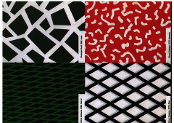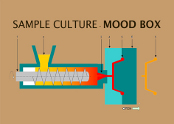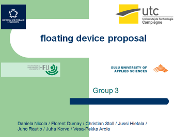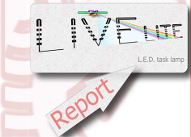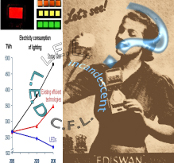 It is hard to imagine now a world without electricity, a world without the convenience of lighting. It is even harder to realize that it took humanity millennia to discover an alternative to fire as a source of light and only a couple of centuries to develop all the variety of lighting that exists today.
It is hard to imagine now a world without electricity, a world without the convenience of lighting. It is even harder to realize that it took humanity millennia to discover an alternative to fire as a source of light and only a couple of centuries to develop all the variety of lighting that exists today.
The quality of lighting hasn’t been a big issue in domestic lighting until recently when saving energy through lighting is at the point of being legally enforced as a matter of governmental priority.
This dissertation will explore the different ways to efficiently light the home, the growth in lighting design and the impact on society.
There has always been a gap between the advances made in technology and their application in the domestic/public environment. With the explosive growth of improvements in technology in the last 10-20 years this gap has become narrower perhaps with the risk of being embraced by a significantly smaller segment of population that could understand, afford and adopt these changes.
Saving energy is not a new concern. Lighting has always been an expensive commodity, both fittings for illumination and electricity or in the past gas, oil, wax etc. Fluorescent lighting was used during the Second World War as it was cheap to run, long lasting and easy to replace, but it was far away from the sleek looking, easy to replace and warm coloured fluorescent lighting of today. But despite all the improvements such as quicker start-up time, ballasts that prevent flicker and even dimmable options, energy saving bulbs are perceived especially by the elderly and people with eyesight problems as giving a lesser quality of light. The social aspect of lighting and how designs based on latest technologies could overcome and exploit this aspect is another direction this dissertation will explore.
New discoveries and theories related to the economical and lately ecological aspects of lighting will help me and the reader to better understand how to save energy through better design, thus making the energy saving lighting as versatile and accepted as the incandescent.
The resources I referred include:
- Books such as Brian Bowers, Lengthening the Day – A History of Lighting Technology; William T. O’Dea – The Social History of Lighting; Brian Fitt – A-Z of lighting terms; Peter R. Boyce – Human Factors in Lighting.
- reliable web-sites (for images and updated statistical data) : http://ec.europa.eu/enterprise/policies/sustainable-business/sustainable-product-policy/index_en.htm;
http://www.defra.gov.uk/environment/climate/legislation/index.htm
http://ec.europa.eu/enterprise/policies/sustainable-business/sustainable- product-policy/ecodesign/index_en.htm
The history of lighting is a relevant resource to reference in relation to issues such as safety, reliance, economy and aesthetics and it is interesting to see how technological discoveries make new challenging issues to appear thus providing lighting design with new opportunities to be creative.
 |
 |
 |
| Fig.1 ‘Link-boy’, Detail from ‘Night’ by William Hogarth, 1738 | Fig. 3 Wheel-made archaic/classical Greek lamp, 6th-5th Century B.C. | Fig.13 19th Century ‘Lace maker’s condensers’ |
Download the whole content of the thesis
